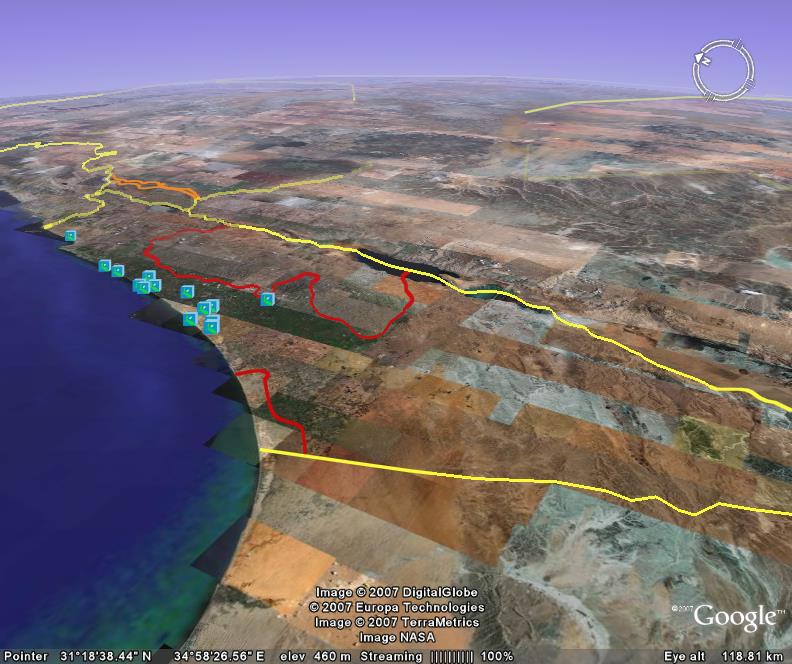The CGIAR’s Generation Challenge Programme‘s mission is
To use advanced genomics science and plant genetic diversity to overcome complex agricultural bottlenecks that condemn millions of the world’s neediest people to a future of poverty and hunger
They’ve just announced a new service: the Genotyping Support Service. What will GSS do?
Here’s a sample of what our latest service offers: assessing proposals, hiring genotyping services from the best providers, taking care of the administrative hassles, ensuring the generation of high-quality data and training participating researchers to interpret and work with the data to optimise outputs. In this way, researchers get to use the technology right away, while also learning how to get the greatest mileage out of the technology, thus creating local capacity. As such, GSS contributes to GCP’s effort to support and motivate plant breeding ‘champions’ in developing regions.
